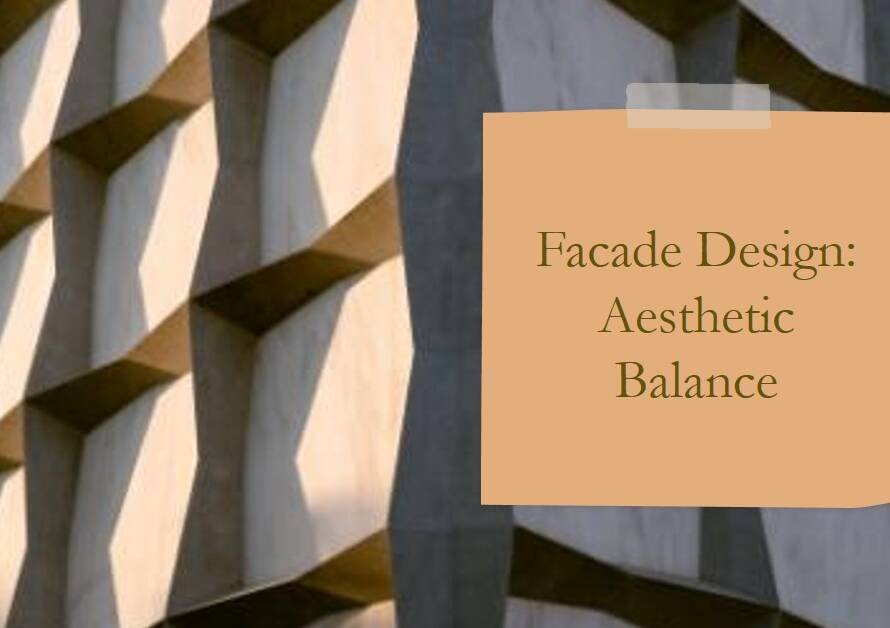
Table of Contents
Introduction: Milwaukee
Milwaukee, often overshadowed by its larger Midwestern counterparts, boasts a treasure trove of architectural marvels waiting to be discovered. From historic landmarks to modern skyscrapers, the city’s skyline is a testament to its rich heritage and innovative spirit. Join us on a captivating journey as we explore the diverse architectural wonders that define Milwaukee’s character and charm.
A Glimpse into History:
Our exploration begins with a step back in time to admire Milwaukee’s historic architecture. The city’s roots run deep, evident in its well-preserved 19th-century buildings. One such gem is the Pabst Mansion, a stunning example of Flemish Renaissance Revival architecture. Built in the late 1800s for the beer magnate Captain Frederick Pabst, this opulent mansion offers a glimpse into Milwaukee’s Gilded Age extravagance. Visitors are transported to an era of grandeur as they wander through its ornately decorated rooms and lush gardens.
Transitioning into the 20th century, Milwaukee witnessed a surge in Art Deco architecture, exemplified by the iconic Milwaukee City Hall. Completed in 1895, this architectural masterpiece features a striking clock tower and intricate terra cotta detailing. Its majestic presence dominates the city skyline, serving as a symbol of civic pride and enduring craftsmanship.
Modern Marvels:
As we fast forward to the present day, Milwaukee’s skyline continues to evolve with innovative modern designs. The Northwestern Mutual Tower and Commons, completed in 2017, stands as a shining beacon of contemporary architecture. This sleek glass skyscraper, soaring 32 stories high, redefines the city’s skyline with its bold silhouette and sustainable design features. Inside, an expansive atrium welcomes visitors with natural light and greenery, creating a vibrant urban oasis.
Transitioning to the Historic Third Ward:
Venturing beyond downtown, we find ourselves immersed in the charm of the Historic Third Ward, a vibrant neighborhood renowned for its adaptive reuse of historic buildings. Once a bustling industrial district, the Third Ward has been transformed into a hub of creativity and culture. Among its notable architectural gems is the Milwaukee Public Market, housed in a former industrial building dating back to 1913. Today, this bustling marketplace showcases the best of local cuisine, artisanal crafts, and community events, all within a beautifully restored historic setting.


Exploring Urban Revitalization:
Our journey through Milwaukee’s architectural wonders leads us to the revitalized Menomonee Valley, a former industrial corridor reborn as a model of sustainable development. At the heart of this transformation lies the Harley-Davidson Museum, an architectural marvel celebrating the iconic American motorcycle brand. Designed to resemble a factory warehouse, the museum’s bold industrial aesthetic pays homage to Harley-Davidson’s heritage while offering visitors an immersive journey through the company’s storied history.
The Riverwalk Experience:
No exploration of Milwaukee’s architectural treasures would be complete without a stroll along the Riverwalk, a scenic pedestrian pathway tracing the banks of the Milwaukee River. This urban oasis meanders through the heart of downtown, offering stunning views of the city’s skyline and waterfront architecture. Along the way, visitors encounter a diverse array of architectural styles, from historic warehouses to modern condominiums, all seamlessly integrated into the fabric of the city.
A Tapestry of Cultural Diversity:
Milwaukee’s architectural landscape reflects its rich cultural tapestry, shaped by generations of immigrant communities. In the heart of the city’s Latino Quarter stands the breathtaking Basilica of St. Josaphat, a testament to the enduring faith and craftsmanship of Milwaukee’s Polish immigrants. Modeled after St. Peter’s Basilica in Rome, this majestic church boasts soaring domes, intricate mosaics, and stunning stained glass windows, making it a must-visit for architecture enthusiasts and spiritual pilgrims alike.
Innovative Institutions:
As we continue our exploration, we encounter a wealth of architectural innovation within Milwaukee’s educational and cultural institutions. The Milwaukee Art Museum, renowned for its iconic Quadracci Pavilion designed by architect Santiago Calatrava, stands as a beacon of artistic excellence and architectural ingenuity. Its graceful wings, inspired by the wings of a bird in flight, captivate visitors with their kinetic beauty, while the museum’s diverse collection showcases the best of human creativity across time and cultures.
Preserving the Past, Embracing the Future: Our journey through Milwaukee’s architectural marvels concludes with a reflection on the city’s ongoing commitment to preserving its rich heritage while embracing the challenges of the future. From historic preservation efforts to sustainable urban development initiatives, Milwaukee continues to evolve as a dynamic and forward-thinking metropolis. As new chapters unfold in the city’s architectural story, one thing remains certain: Milwaukee’s legacy of design excellence will endure for generations to come.
Conclusion:
In closing, Milwaukee’s architectural marvels offer a captivating glimpse into the city’s past, present, and future. From historic landmarks to modern skyscrapers, each building tells a story of innovation, resilience, and cultural diversity. Whether you’re a history buff, art aficionado, or urban explorer, there’s something for everyone to discover in Milwaukee’s architectural landscape. So, lace up your walking shoes, grab your camera, and embark on a journey of discovery through the city’s timeless treasures.



